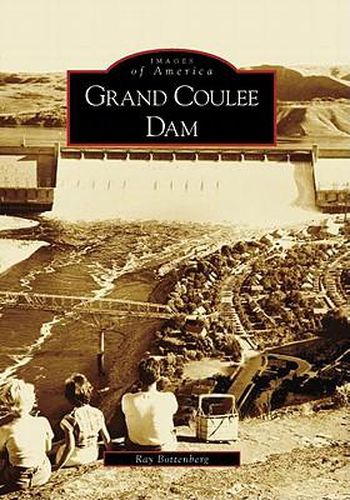Readings Newsletter
Become a Readings Member to make your shopping experience even easier.
Sign in or sign up for free!
You’re not far away from qualifying for FREE standard shipping within Australia
You’ve qualified for FREE standard shipping within Australia
The cart is loading…






Washington’s Grand Coulee is an ice-age channel that carried the Columbia River when ice dammed its main course. Grand Coulee was long recognized as an ideal place to store Columbia River water to irrigate the arid but fertile Columbia Basin. A dam was proposed as early as 1903, but opposition by Spokane private power interests and the cost of the dam delayed design and construction until the administration of Pres. Franklin D. Roosevelt. Roosevelt, a public power advocate, used the Grand Coulee Dam project to help put the unemployed to work. The result was the world’s largest man-made structure, and also the world’s largest power plant, costing more than $163 million and the lives of at least 72 workers. The dam powered production of aluminum, atomic weapons, shipbuilding, and much more, contributing mightily to America’s victory in World War II. Postwar developments provided irrigation for 700,000 acres of farmland.
$9.00 standard shipping within Australia
FREE standard shipping within Australia for orders over $100.00
Express & International shipping calculated at checkout
Washington’s Grand Coulee is an ice-age channel that carried the Columbia River when ice dammed its main course. Grand Coulee was long recognized as an ideal place to store Columbia River water to irrigate the arid but fertile Columbia Basin. A dam was proposed as early as 1903, but opposition by Spokane private power interests and the cost of the dam delayed design and construction until the administration of Pres. Franklin D. Roosevelt. Roosevelt, a public power advocate, used the Grand Coulee Dam project to help put the unemployed to work. The result was the world’s largest man-made structure, and also the world’s largest power plant, costing more than $163 million and the lives of at least 72 workers. The dam powered production of aluminum, atomic weapons, shipbuilding, and much more, contributing mightily to America’s victory in World War II. Postwar developments provided irrigation for 700,000 acres of farmland.